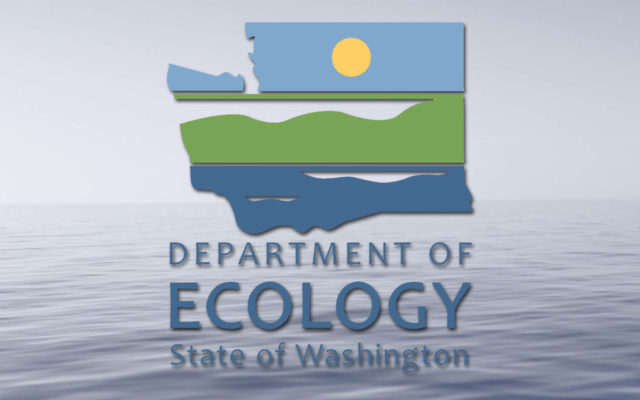New rulemaking will update protections for aquatic life from toxic chemicals

The Department of Ecology started the rulemaking process to update their aquatic life toxics criteria.
These criteria set limits for toxic chemicals so plants and animals that live in the water can thrive.
The department says that they have been working on several updates to different parts of the water quality standards over the past several years.
Despite continual changes, the department says that they have not updated the majority of their aquatic life toxics criteria since 1992 or earlier.
Since their last update to the water quality standards for toxic chemicals, new chemicals have been added to EPA’s list of recommended aquatic life toxic criteria, and some chemicals on the EPA list have levels that are more protective than those currently in Washington’s standards.
Based on federal recommendations and feedback from residents, the department is working to update their criteria to reflect the new information.
Last year, during the 2021 Triennial Review process, the department said that they received feedback from Washington residents that updating the toxic chemical criteria is a priority.
Aquatic life toxics criteria are part of our water quality standards — the rules that set the limits of pollution allowed in Washington’s water. These criteria are designed to protect aquatic life (fish, plants, and invertebrates) from the effects of toxic chemicals in the water. We have separate criteria to protect humans from the effects of toxic chemicals in the water called the human health criteria, which we recently updated.
Toxic chemicals include lead, mercury, chromium III, and other harmful chemicals. Above certain amounts, toxic chemicals in the water can harm aquatic life through either short-term (acute) effects, such as immediate death, and long-term (chronic) effects, such as changes in growth, reproduction, and survival. We use the criteria to set the limits to prevent both short and long-term consequences of toxic chemicals.
Throughout 2022 and part of 2023, DOE will meet with Tribes, stakeholders, and government agencies about the potential rulemaking.
The plan is to propose draft rule language for comment in Fall 2023.
At that time, they will host workshops and public hearings to seek more feedback.
To learn more about the rulemaking, visit our aquatic life toxics criteria rulemaking webpage.
You Might Also Like



